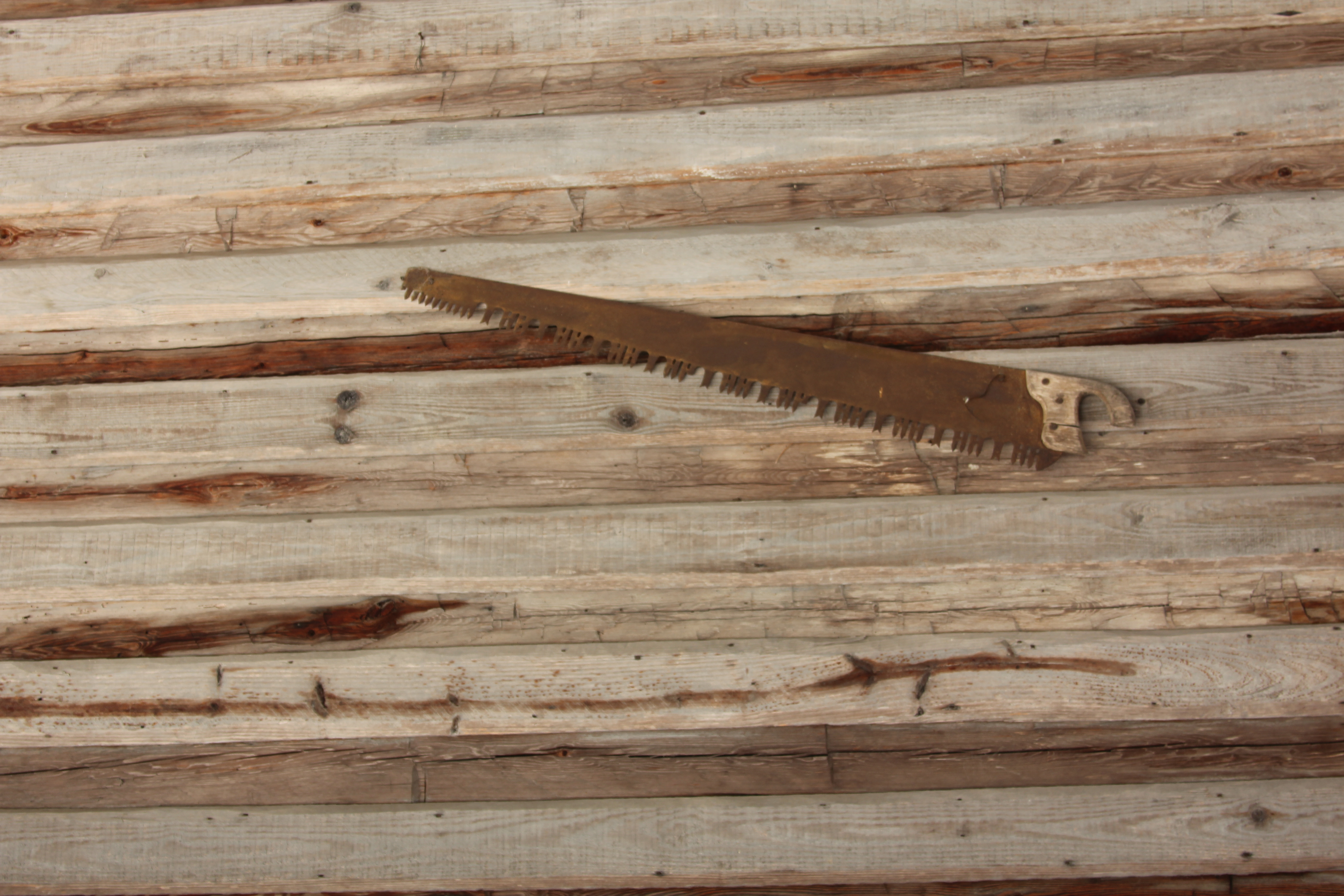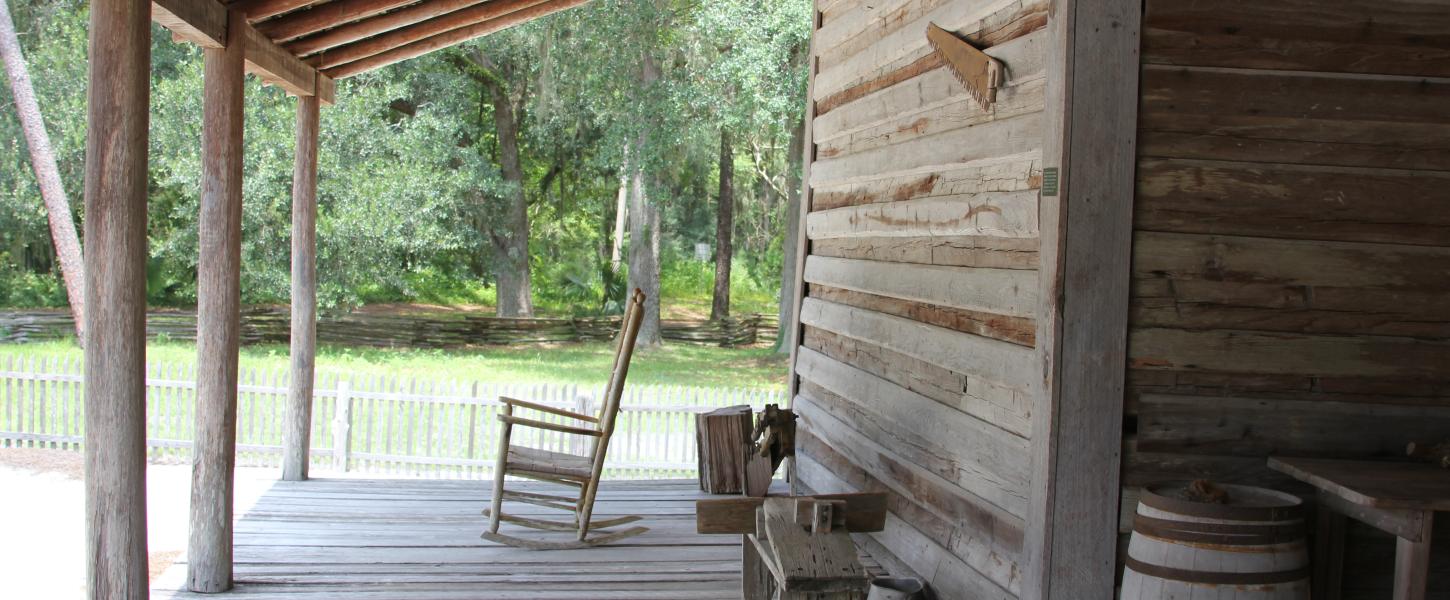
History of Forest Capital

The state of Florida once encompassed a vast 27 million acres of virgin forest, but today that number has been drastically reduced. Florida has depended on the business of forestry since the early 1800s. As people settled in the state, they began to discover the wealth of natural resources available to them.
Many of the towns of northern Florida were built around sawmill operations. The major exports of the first railroads to be built in the state consisted of logs, lumber, cross ties and other products of the forest. The invention of circular sawmills began an era of lumbering that lasted nearly a century.

Towering slash and longleaf pines, spreading live oaks and massive cypress trees were all harvested over the following centuries to make everything from furniture to ships. In the early 1900s the turpentine industry took off, as millers discovered that resin tapped from slash and longleaf pine trees in Florida could be used like those in Europe to make pitch to caulk ships, as well as uses in other products such as paint, medicines and cosmetics. The naval industry depended on this industry until the 1920s when lumber again became more profitable than resin.

In 1965, Congressman Don Fuqua proclaimed Taylor County, with over 525,000 acres of forested land, the "Tree Capital of the South." Commemorating this honor, Forest Capital Museum State Park opened in 1968. The museum pays homage to the area's longleaf pines with nearly 5,000 products manufactured from pine on display. In 1972, Senator Pete Gibson's family donated the cracker homestead to the park, adding yet another cultural treasure to the exhibits.
Forest Capital Museum State Park has a long and fascinating history, filled with the ups and downs of the forestry industry. Today, visitors can discover an authentic cracker homestead and a museum filled with the products and history of the industry.